 |
bleeco

|
The Brighton Lighting and Electrical Engineering Co. Limited
St. Martin's Place
Brighton
England
|

BLEECO E66 column and BLEECO Worthing bracket
perfectly painted
yellow overnight by unknown person as a joke! (It was student rag week.)
Patcham, Brighton, East Sussex.
© Gary Circa 1984
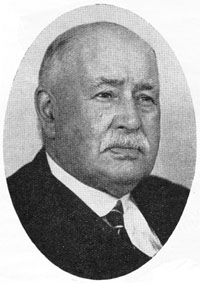 Mr. Ernest Heaps (left) becomes mananger in 1922. He is well known as an authority on electrical control gear for street
lighting. - Public Lighting #37, 1945
Mr. Ernest Heaps (left) becomes mananger in 1922. He is well known as an authority on electrical control gear for street
lighting. - Public Lighting #37, 1945
In 1937, the firm have teamed up with Philips to demonstate fittings using
the new 150W SO/H lamp. They also provide an installation service for the APLE's exhibition in Foklestone the
same year which includes their Hove pattern lantern. - APLE Conference Programme 1937
By 1939, they have their own exhibition. Three different types of lanterns have been
installed in Glasgow (for the conference) including the Box Pattern Lantern,
the Prismatic Panel Lantern and an un-named cut-off lantern. - APLE Conference Programme 1939
In early 1945, the firm employ Mr. Ernest Stroud, President of the Illuminating Engineering Society and chief
engineer of Holophane to become Technical Director. -
Public Lighting #37, 1945,
BLEECO Advertisement, 1945
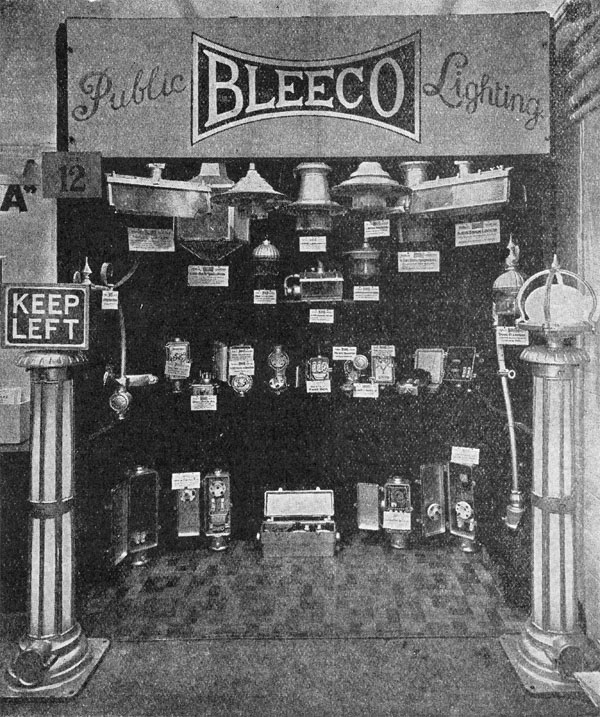
Exhibition stand at the APLE's 1945 Conference in Glasgow.
In 1945, the firm are rebuilding and expanding after making munitions during the war. The firm are now manufacturers and
erectors of Street Lighting equipment, including lanterns, swan-neck brackets, extension arms with pole clamps, lamp standards,
illuminated pillars, traffic diversion and island signs and fuse switch and control systems. Mercury and sodium lanterns
are also available and special thought is given to simple forms of lighting for Group "B" thoroughfares. An Illuminating
Engineering Department is also founded to survey and make recommendations for any public lighting scheme. It is
mentioned that the firm have 23 year's experience which suggests the firm started producing street lighting fixtures in 1922.- APLE Conference Programme 1945
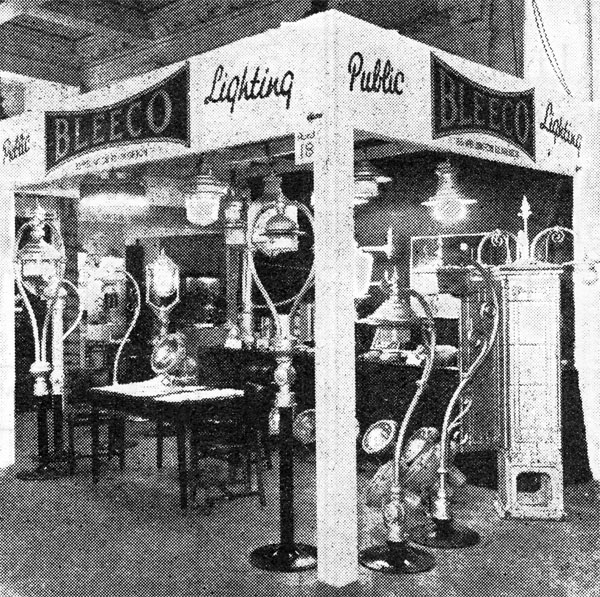
Exhibition stand at the APLE's 1946 Conference in London.
For Group 'A' main traffic route lighting, there's available Sodium and Mercury prismatic panel lanterns,
high power G.F. lamp type with prismatic refractor control and two new types: the Triplite and P. J. Multilite
which use three gas-filled lamps in line. The Triplite high angle unit has been redesigned to give easy maintenance
and lamp adjustment and can be supplied with either single piece or Duo-Dome directional refractors. The
P. J. Multilite is a "cut-off" lantern equipped with special contour diffused mirror reflectors, giving a wide
direcitonal light distribution 65-70 degrees from the downward vertical, the lantern having a cut-off at 77.5-80 degrees.
For Group 'B' Side and Residential Street Lighting are a series of popular types employing single or double piece
refractor glassware, giving the maximum light output and control. - APLE Conference Programme 1946
The firm introduce the Bi-Flector lantern which is designed to burn a horizontal Philora lamp. The lantern employes a
novel double reflecting optical system above and below the lamp, which is arranged to give a two-way non-axial
distribution distribution. Fitted above the lamp are two specially shaped reflectors of glass, or anodised
aluminium to form the main beams; below is a gable of inverted "V" section of clear polished glass, to reflect
by "first surface reflection" some light along the street and the rest by being transmitted downwards to illuminate
the immediate neighbourhood. The Bi-Flector is probably the early name for the W Lantern. - APLE Conference Programme 1947
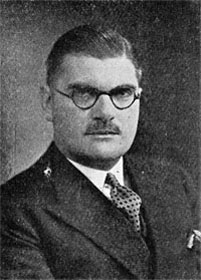 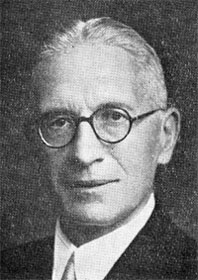
H. Pryce-Jones, M.Eng., M.Inst.C.E., M.I.E.E. (above left) the Lighting Engineer of Brighton. Some
of BLEECO's lanterns, such as the P. J. Multilite were named after him. E. Stroud, F.I.E.S. (above right)
caused industry ripples when he left Holophane to join BLEECO. Stroud was the chief
engineer of Holophane, President of the Illuminating Society and became the
Electrical Representative of the A.P.L.E.. - APLE Conference Programme 1947
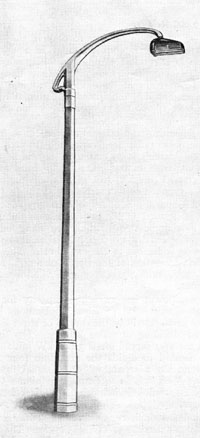
Stanton 6B column with BLEECO Streamline sodium lantern as
displayed at the Princes Park, Southport, during the APLE Conference. - Public Lighting #47, 1947
The W Lantern, Streamline (designed to harmonise with modern concrete columns and brackets),
P.J. Multilite Cut-Off, Sodium Cut-Off and Triplite lanterns are all being
pushed heavily by the firm. - APLE Conference Programme 1948
By 1949, the emphasis is still on the W Lantern and Streamline lanterns, whilst the
Brighton Junior receives its first mention, and the firm are keen to show off their new
3LT Fluorescent Lantern - APLE Conference Programme 1949
Their work with fluorescent continues in 1950 with the introduction of the 704 for two or four 40W fluorescent lamps,
a five foot horizontal fluorescent lantern and a standard fluorescent lantern. - APLE Conference Programme 1950
The APLE Conference is in Brighton in 1951 and the firm are keen to show of their local installations. Of particular interest
and during the last five years at the instigation of the APLE President, Mr. Pryce-Jones, the lighting
engineer of Brighton, it is noted that Brighton has introduced "cut-off" lighting for main roads. It is claimed that
this is for the increasing safety and satisfaction of the road using traffic both pedestrian and vehicular. The
three mile stretch of the London-Brighton road which is lit by Multilite Cut-Off lanterns are noted
in particular.- APLE Conference Programme 1951
A new series of cut-off lanterns for sodium and mercury lamps are introduced in 1952 but the firm doesn't
give any more details. They are also keep to advertise their new flashing beacons for Zebra Crossings. - APLE Conference Programme 1952
The firm take a huge leap forward and introduce a whole range of new enclosed lanterns which employ aluminium canopies and
perspex refractor bowls. This moves them away from their foundry origins and total reliance on Holophane
refractors. The new lanterns include the 704C (for Crawley New Town), the 608 sodium lantern and
the 628 mercury lantern. - APLE Conference Programme 1953
References:
APLE Conference Programme Folkestone 1937
APLE Conference Programme Bournemouth 1938
APLE Conference Programme Glasgow 1939
APLE Conference Programme Glasgow 1945
APLE Conference Programme London 1946
APLE Conference Programme Southport 1947
APLE Conference Programme Eastbourne 1948
APLE Conference Programme Llandudno 1949
APLE Conference Programme Bournemouth 1950
APLE Conference Programme Brighton 1951
APLE Conference Programme Harrogate 1952
APLE Conference Programme Liverpool 1953
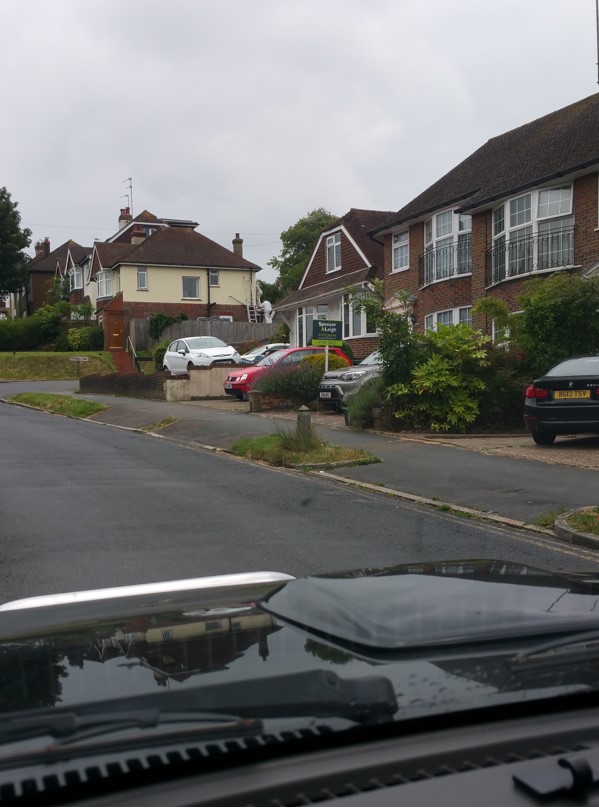
"I am sorry to inform you of the sad demise of the yellow painted lamp post that appears as the
main picture in your BLEECO section! It affected a strange lean towards the road and I
believe the council cut if off the base. Even more sad is that very soon Brighton And Hove will succumb
to a city wide lighting project which will, I am sure, wipe away much of itís unique lighting history."
© Neil August 2016
- External Links:
- Grace's Guide
- Brighton And Hove
|



